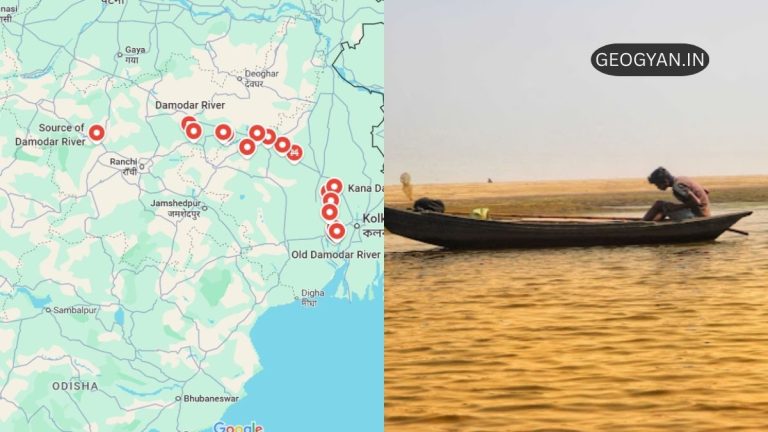
Core-Periphery Model
A spatial model of economic development based on observation that development is rarely evenly distributed, be it at a regional, national or international scale. There is a tendency for growth to become concentrated at favored locations (core) which, in their turn, leave in their wake areas of stagnation or decline (periphery). In his model Friedmann (1966) recognizes four stages in the growth of the Space Economy, each reflecting a change in the relationship between the core and the periphery:
The preindustrial society shows a system of local, and largely undifferentiated, cores, each serving a small regional enclave. One of the particularly favored cores develops into a strong core, to which move entrepreneurs and labor. The national economy is reduced to a single metropolitan region and its associated backwash creates a large periphery.
The simple core-periphery structure is gradually transformed into a multinuclear structure, as favorable parts of the periphery are developed, Secondary cores form as a result of spread effects, thereby reducing the periphery on a national scale to smaller intra-metropolitan peripheries. The intra-metropolitan peripheries are gradually absorbed into the metropolitan economies. Here local and national Backwash and spread effects seem to be generally in balance.
A functional interdependent system of cities emerges, characterized by national integration, efficiency in location and maximum growth potential. Friedmann identified four types of regions on the basis of economic and locational characteristics.
The core region is the focus of economic growth, with an urban nucleus. Around it upward-transitional areas are in the process of development. Their resource endowments and proximity to the core make them likely beneficiaries of further growth.
Resource frontier areas represent the frontier of settlement or even leapfrog into virgin territory to exploit new resources of land or minerals, often with lines of penetration provided by new highways or mineral railways. Downward-transitional areas represent areas of settlement that are stagnant or declining because of decline in the resource base or industrial structure. They are areas, which lose population, and capital more dynamic areas.
Friedmann also identified regions with special problems, such as those at national boundaries, or where there are conflicting resource uses. At a less complex level, the core and upward-transitional regions could be identified as the ‘core’ and the remaining areas of the country as the ‘periphery






























2 Responses